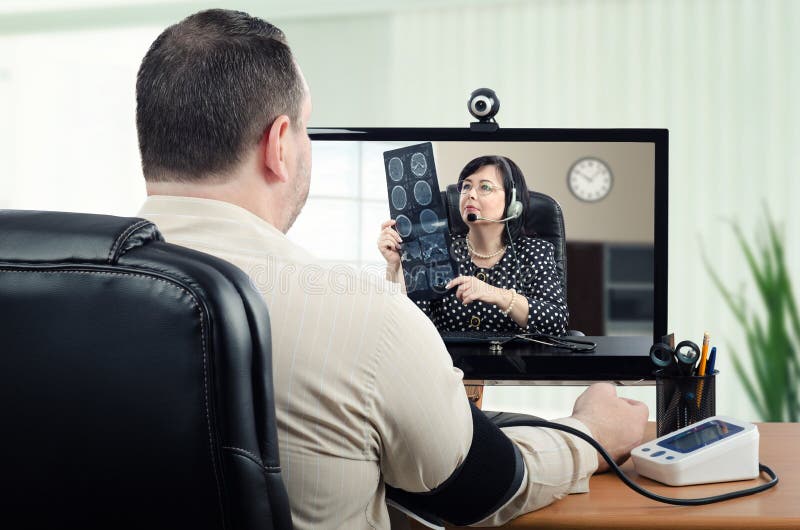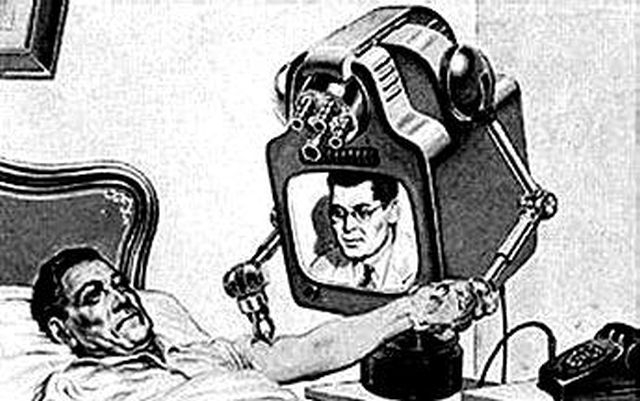Teledoctors: Accessibility to Medical Advice At Any Moment, Anywhere
Exploring the Perks and Difficulties of Teledoctors in Modern Health Care
As the healthcare landscape progresses, teledoctors have arised as a critical part in connecting voids in medical access and effectiveness. How can the health care sector balance these advantages with the inherent challenges?
Expanding Accessibility to Treatment
Telemedicine has become a pivotal advancement in modern-day healthcare, dramatically broadening accessibility to care for varied populations. By leveraging electronic innovation, teledoctors have actually transformed the traditional health care delivery model, making it possible for patients in remote or underserved areas to obtain prompt clinical consultation. This evolution is specifically beneficial for individuals staying in country areas, where the scarcity of health care centers and professionals commonly leads to delayed or inadequate treatment.
Teledoctors are critical in connecting the void created by geographical obstacles. Through online examinations, individuals can access a large array of health care solutions without the demand for extensive travel. This is especially advantageous for those with flexibility concerns or chronic problems calling for constant medical interest. Moreover, telemedicine enhances continuity of care by making it possible for regular follow-ups and monitoring, thus improving patient outcomes.
The integration of teledoctors right into medical care systems likewise sustains the monitoring of public health and wellness crises by facilitating quick action and triage. During pandemics, as an example, digital consultations reduce the problem on physical health care centers, lessening exposure risks for both people and health care companies. As telemedicine continues to develop, it promises to improve the landscape of health care ease of access, making it more effective and inclusive.
Cost-Effectiveness of Teledoctors
The cost-effectiveness of teledoctors is a substantial factor driving their widespread adoption in healthcare systems. By minimizing the demand for physical framework and in-person gos to, teledoctors use an even more economical option to traditional health care shipment.
Furthermore, teledoctors assist in a much more effective use health care resources by reducing unnecessary emergency clinic gos to and health center admissions. People can access prompt appointments for minor disorders or follow-up treatment, which assists to minimize the problem on overstretched health care facilities. This efficiency not just brings about set you back financial savings for medical care carriers yet likewise decreases the financial strain on patients that may otherwise face pricey hospital costs.
Moreover, teledoctors can aid in handling chronic conditions better by providing regular tracking and prompt treatments. This positive method can prevent difficulties, consequently decreasing long-lasting treatment prices. In general, teledoctors present a viable solution to the intensifying prices of health care, while preserving quality treatment delivery.
Enhancing Person Comfort
While cost-effectiveness plays an essential role in the increase of teledoctors, boosting patient ease stands as one more engaging advantage of this medical care model. With the assimilation of teledoctors, clients can bypass the generally time-consuming procedure of scheduling and going to in-person consultations. This model gets rid of the demand for travel, reducing time spent in transportation and waiting rooms, consequently supplying significant time cost savings for individuals. Particularly for those with wheelchair issues or residing in remote areas, teledoctors supply a crucial web link to healthcare that could or else be inaccessible.
Additionally, teledoctors offer versatile scheduling, permitting patients to set check it out up consultations at times that ideal suit their specialist and personal dedications. This adaptability is indispensable for people stabilizing demanding work timetables or family members obligations, making certain that healthcare can be integrated effortlessly right into their lives. Furthermore, the capacity to accessibility doctor from the comfort of one's home can bring about increased individual involvement and adherence to treatment strategies, as the obstacles to looking for treatment are reduced.
The benefit offered by teledoctors not just improves the individual experience yet likewise adds to an extra responsive and effective health care distribution system, ultimately sustaining much better health outcomes.
Attending To Personal Privacy Worries
Amidst the expanding adoption of teledoctors, privacy issues become a considerable factor to consider. As medical care significantly relies upon electronic platforms, guaranteeing the privacy of client details comes to be extremely important. The digitization of clinical records and using telecommunication technologies necessitate durable protection procedures to secure sensitive data from unapproved gain access to helpful site and breaches.
Doctor need to follow stringent regulations, such as the Medical Insurance Mobility and Responsibility Act (HIPAA) in the USA, which develops national standards for protecting clinical info. Compliance with such laws is vital in preserving patient count on and guaranteeing their data is taken care of responsibly. Security of data, safe and secure interaction channels, and routine audits are some of the measures that can be implemented to enhance information security.
Cybersecurity threats are evolving, and health care organizations have to stay attentive to brand-new susceptabilities. Additionally, educating both people and health care companies regarding finest techniques in data privacy is important.
As teledoctors become a lot more integral to medical care distribution, resolving personal privacy worries is vital to guarantee both the effectiveness and credibility of these services.

Browsing the Digital Split
Connecting the electronic divide is an essential obstacle in the prevalent fostering of teledoctors. teledoctors. This divide encompasses disparities in access to digital innovation, particularly among country, low-income, and senior populations. These teams typically lack the essential gadgets, dependable net connection, or electronic proficiency needed for reliable participation in telehealth services. Consequently, the benefits of teledoctors-- such as boosted availability and convenience-- remain unreachable for numerous individuals who could most profit from them.
Initiatives to reduce this divide require a multi-faceted method. Policymakers should prioritize facilities advancement to enhance net accessibility in underserved locations. In addition, campaigns to subsidize technology for low-income families can play a pivotal role in ensuring fair access. Medical care companies and area organizations ought to team up to offer digital literacy programs, equipping clients to navigate telehealth platforms confidently. Furthermore, creating straightforward user interfaces can even more improve availability for all demographics, especially the elderly.

Conclusion
The combination of teledoctors into modern health care supplies substantial advantages, including raised access to care, cost-effectiveness, and enhanced patient comfort. However, difficulties such click here to read as personal privacy problems, the electronic divide, and cybersecurity threats must be resolved to maximize these advantages. By applying durable information security procedures, boosting electronic literacy, and ensuring safe technological facilities, the capacity of teledoctors can be completely realized, advertising fair healthcare shipment and transforming the medical care experience for all individuals.
